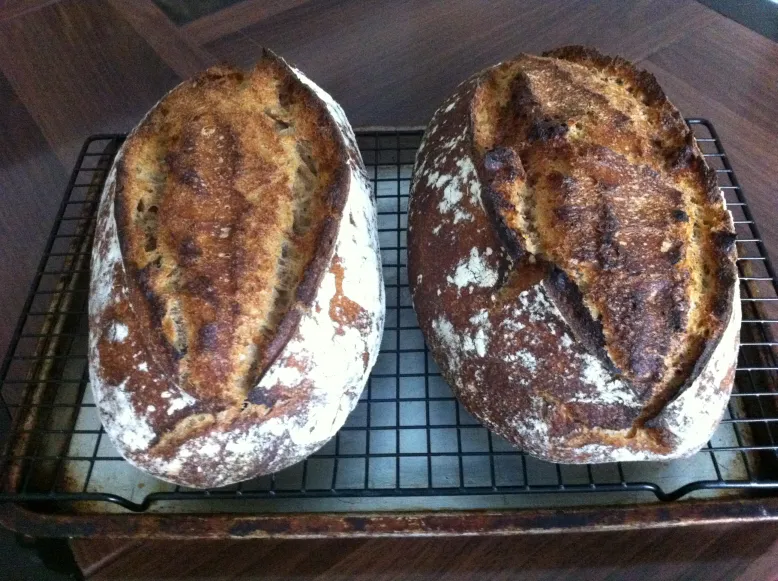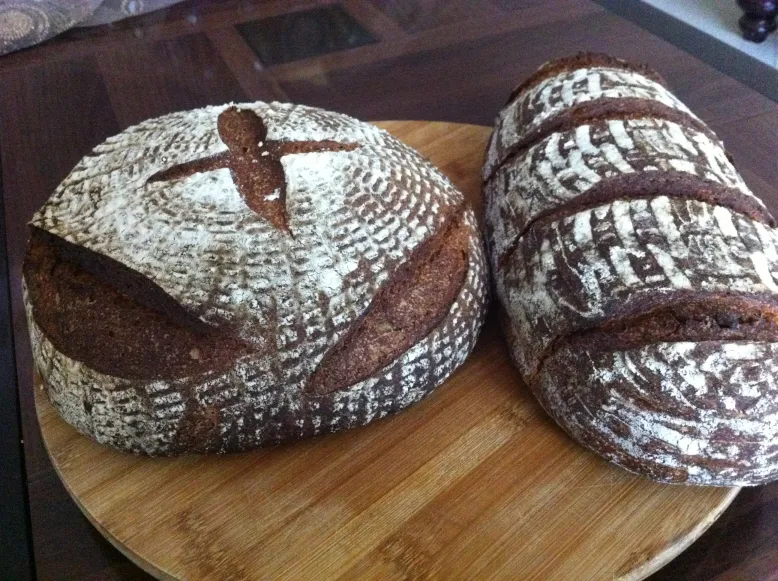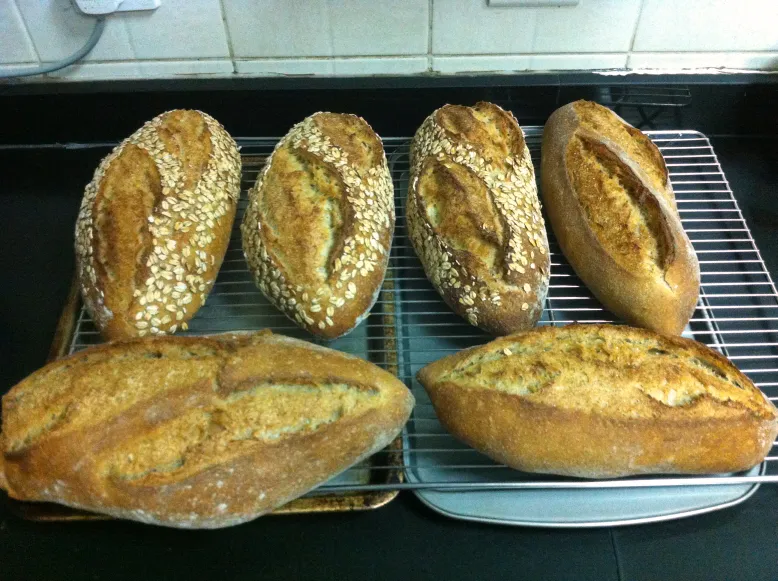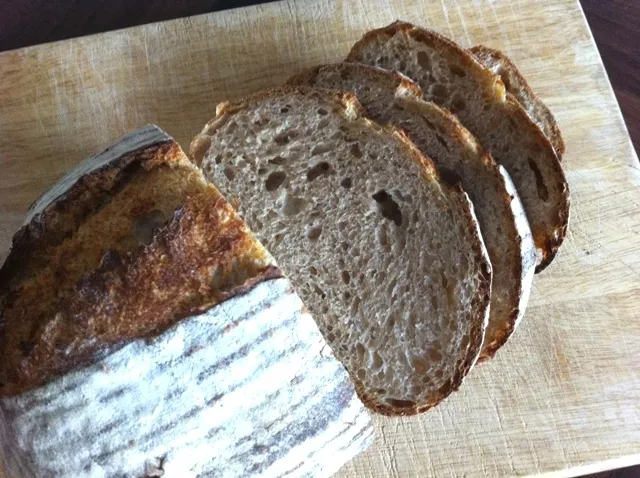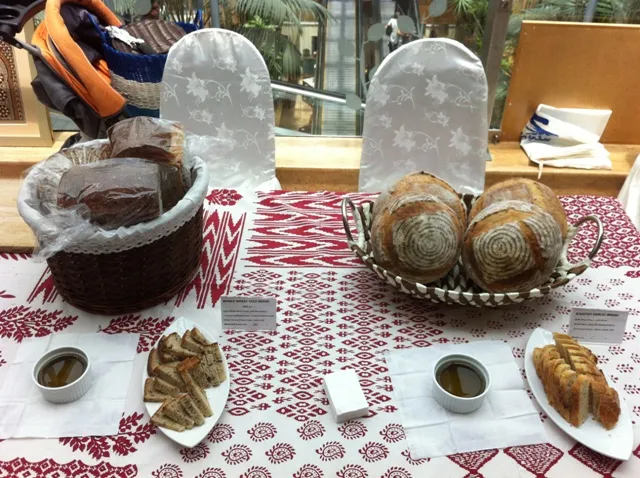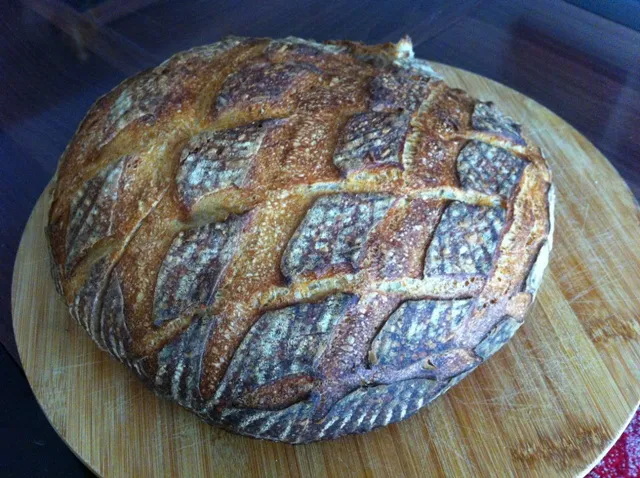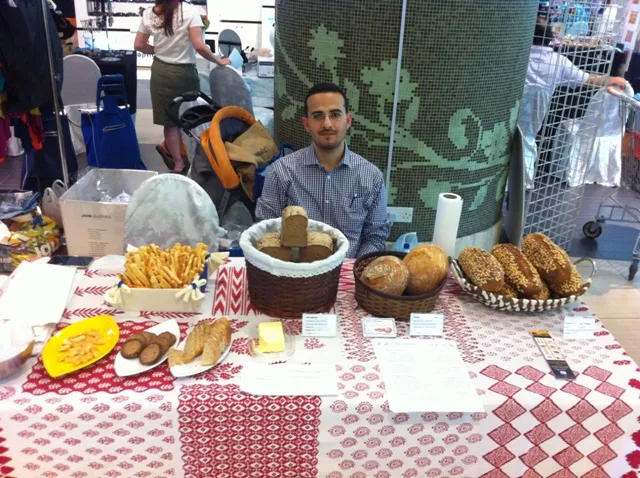Arts and Crafts Market # 7
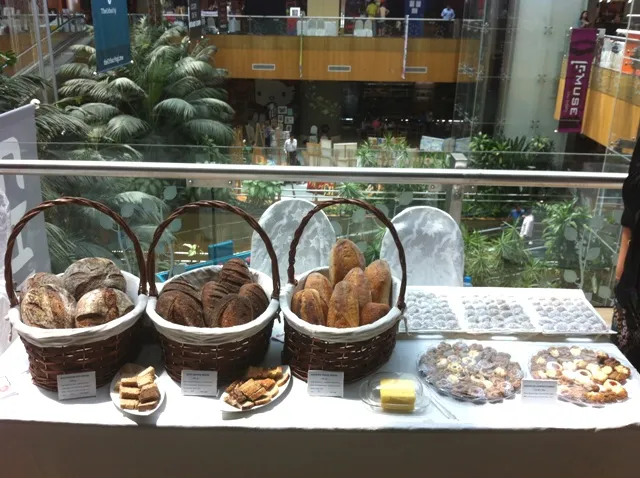
Last week marked the return of ARTE Dubai, following a summer break in August. A week earlier, I’ve baked three breads in 3 days. The first was Rye Sourdough with multigrain, and then a new recipe of mine: Date sesame bread, and finally the all too popular: Roasted garlic bread from Hamelman's book :BREAD. As expected, the garlic bread sold out in 3 hours, while the date sesame came in second, and finally the Rye multigrain; the word rye multigrain may have mislead many visitors into thinking that the bread is hefty and dense , whereas it has only 20% rye.
